Abstract Expressionism
Like the early modern artists that preceded them, Abstract Expressionists challenged conventional ideas about art. In order to take this avant-garde stance a step further, they rejected figurative subject matter and worked entirely in the abstract. This approach, however, was not limited to their more well-known drip, color field, and soak stain paintings; it is also evident in their collages.
Like their paintings, Abstract Expressionists’ collages showcase an emphasis on color, composition, and emotion. Through simplified silhouettes, blocks of cut-and-glued color, and free-floating, painted lines, the artists added (literal) layers of dimensionality to their already-famous aesthetic.

Robert Motherwell, ‘View from a High Tower’ (1944-45)
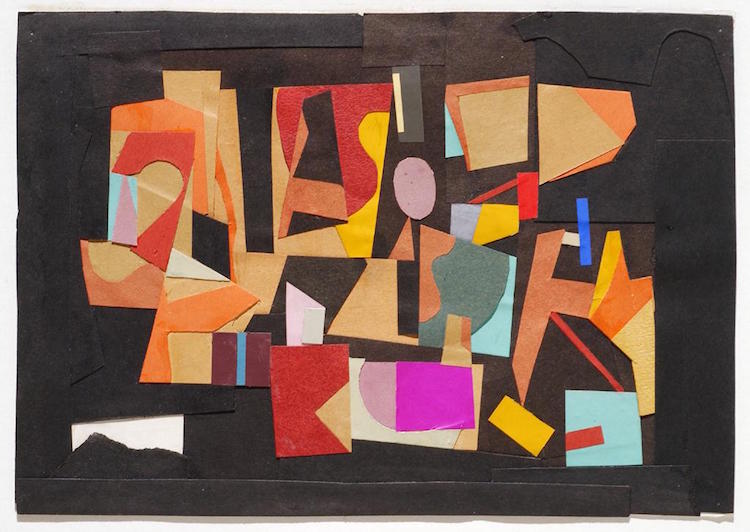
Ad Reinhardt, ‘Untitled’ (1939)

Lee Krasner, ‘City Verticals’ (1953)
Pop Art
In 1956, British artist Richard Hamilton ushered in the Pop Art movement with his eye-catching collage, Just what is it that makes today’s homes so different, so appealing? Featuring carefully-selected clippings from American magazines, this piece incorporates several contemporaneous, pop culture-related motifs, including “Man, Woman, Food, History, Newspapers, Cinema, Domestic Appliances, Cars, Space, Comics, TV, Telephone, Information.”
In addition to setting the scene for Pop Art in terms of subject matter, this piece also inspired other members of the movement to explore collage art.

Rosalyn Drexler, ‘The Dream’ (1963)

Martha Rosler, ‘Vacuuming Pop Art’ (1966-1972)
Contemporary Approach
Today, numerous artists have kept up the collage tradition. While many continue to construct their assembled compositions by hand, some employ digital tools to craft them. Here, we look at a selection of contemporary collages that depict various methods of modern collage-crafting.
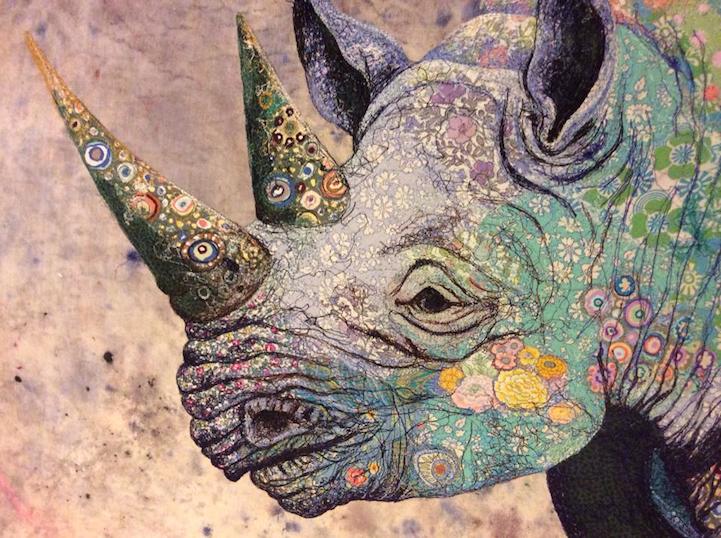
Sophie Standing. Read more: Gorgeous Black Rhino Recreated with Intricate Fabric Collage
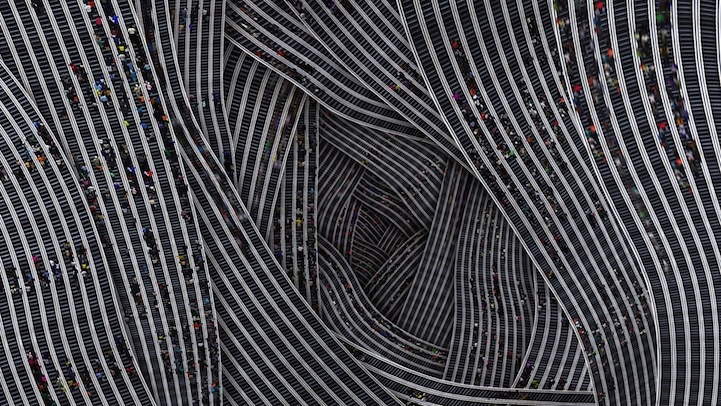
Jiyen Lee. Read more: Mesmerizing Digital Collages of People Climbing Stairs
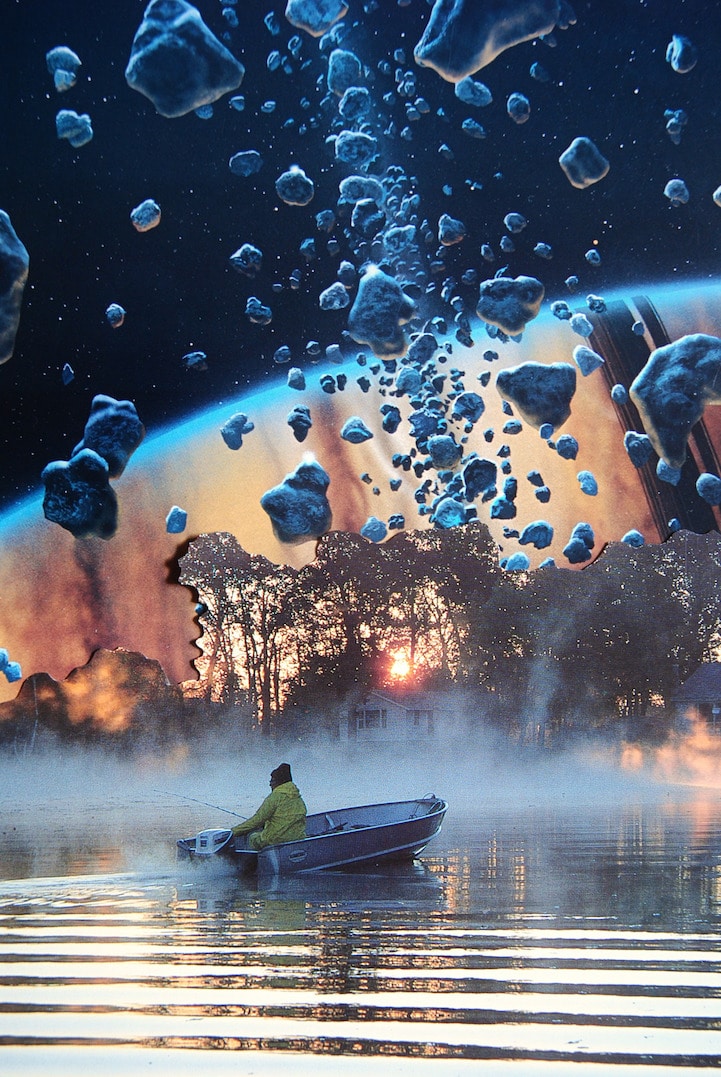
John Turck. Read more: Intricately Handmade Collages Offer a Seamless View of Otherworldly Scenes
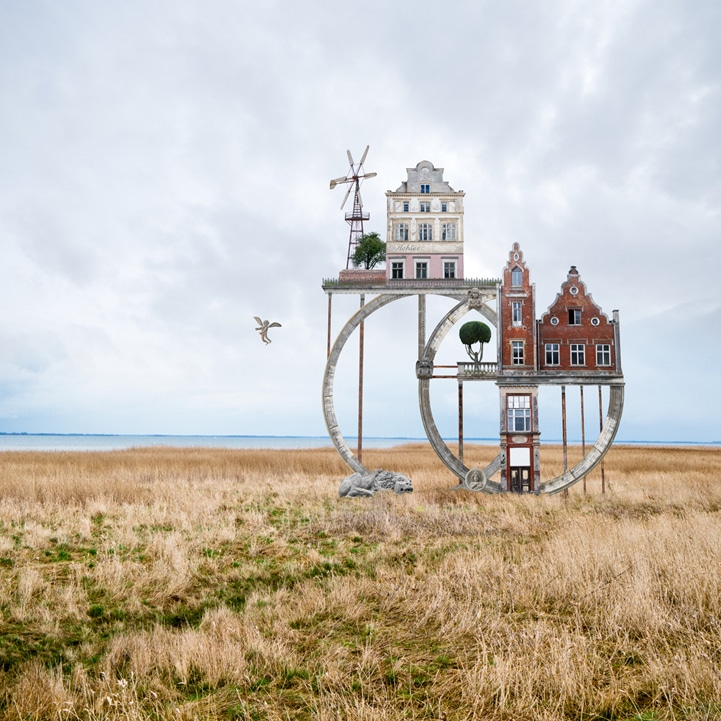
Matthias Jung. Read more: Surreal Architectural Collages Convincingly Create Fantastical Dream Homes
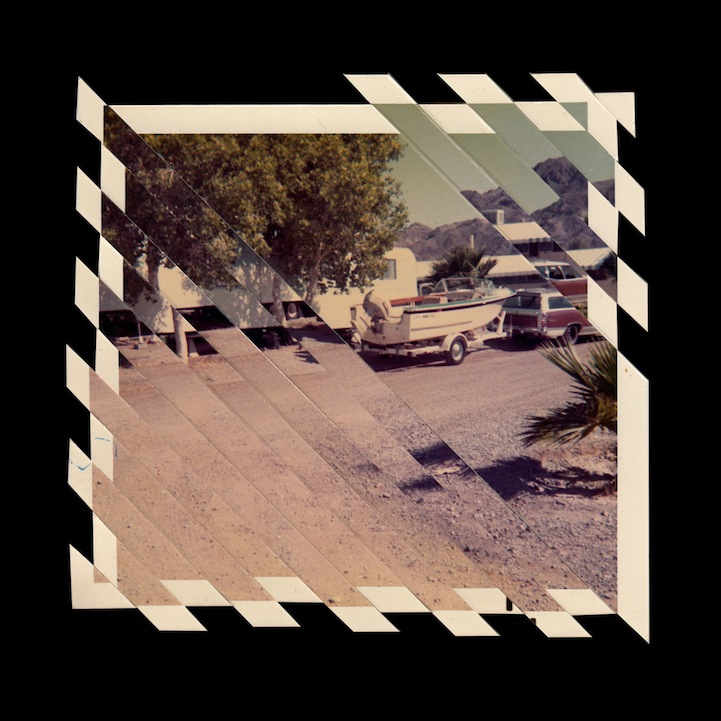
Randy Grskovic. Read more: Old Photographs Sliced Into Stunning Geometric Collages

Eugenia Loli. Read more: Vintage Photos Fuse to Create Fantastically Surreal Landscape Collages

Laurent Chehere. Read more: New Surreal Flying Houses Tell Fascinating Stories
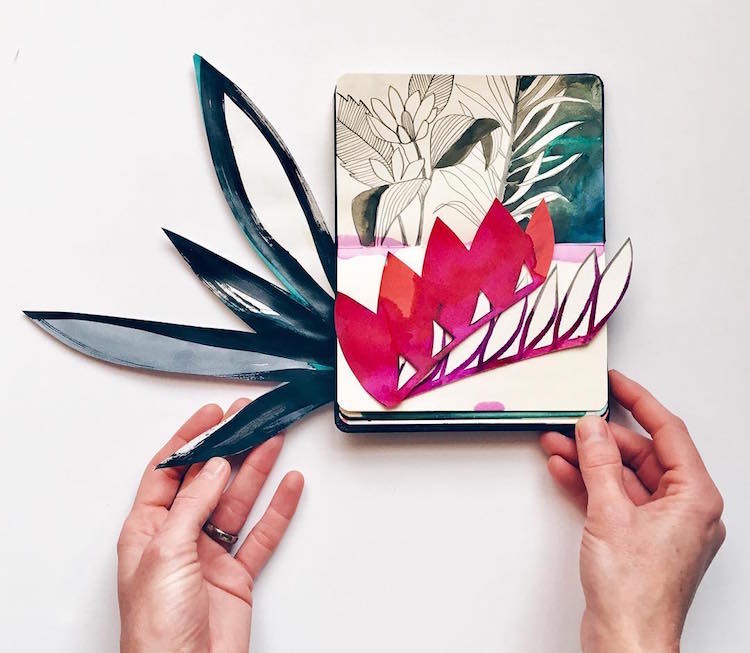
Eva Magill-Oliver. Read more: Blooming Sketchbooks Overflow with Gorgeous Color Block Collages
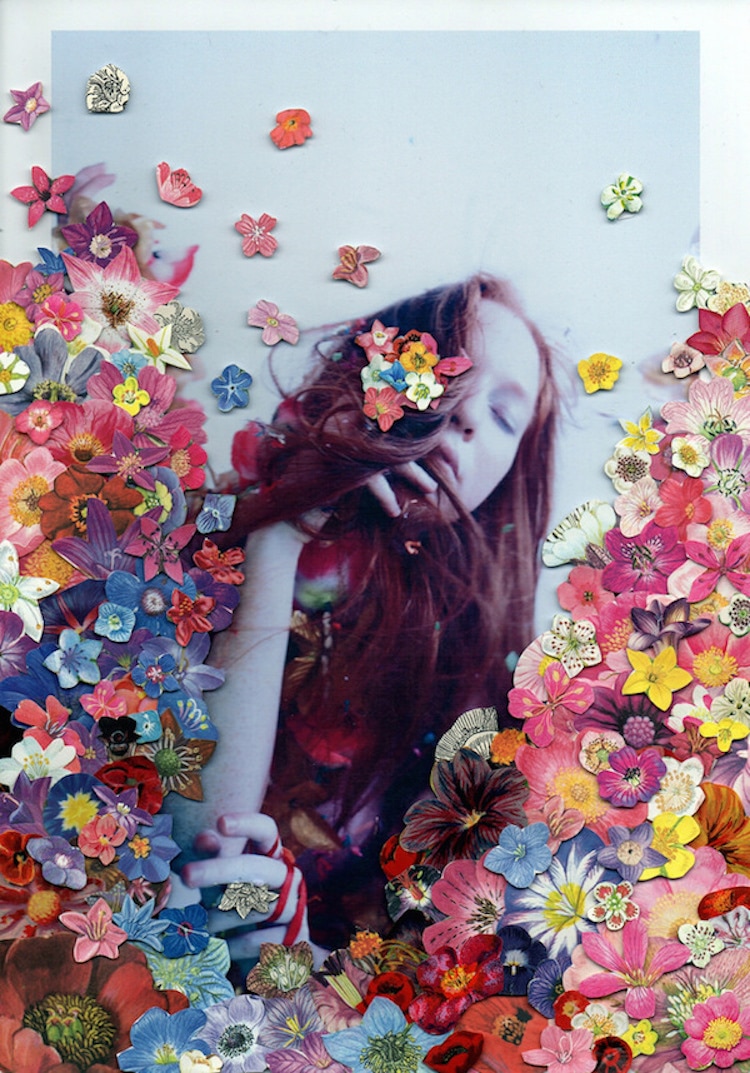
Rebekah Campbell and Ben Giles. Read more: Photographer and Artist Collaborate to Create Spellbinding Floral Collages

Clover Robin. Read more: Artist’s Travel Collages Showcase the Bountiful Beauty of the Pacific Northwest
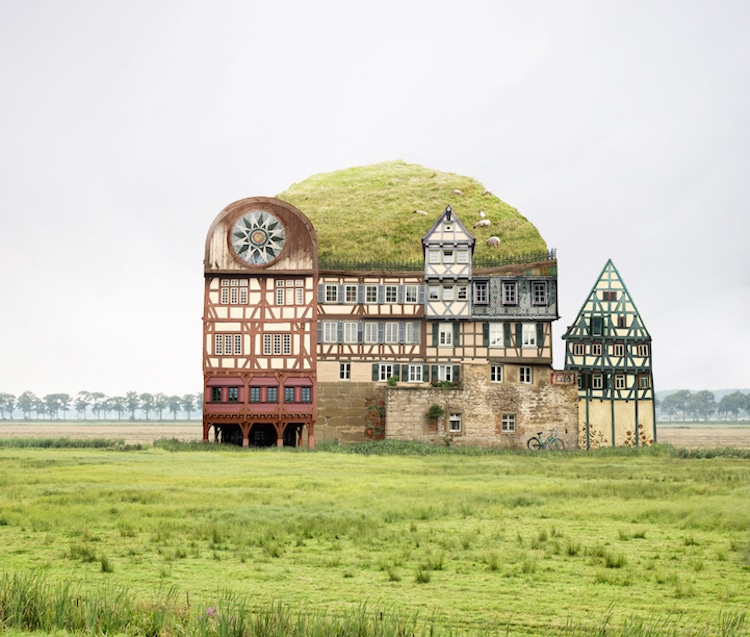
Matthias Jung. Read more: Whimsical Architectural Collages Imagine Fantastically Surreal Houses
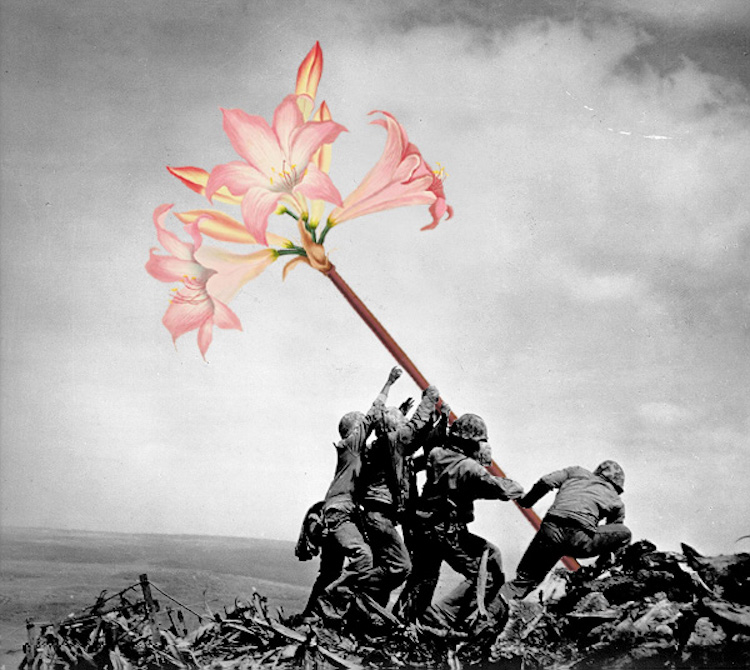
Mister Blick. Read more: Striking Collages Replace Guns from Vintage Photos with Life-Size Flowers
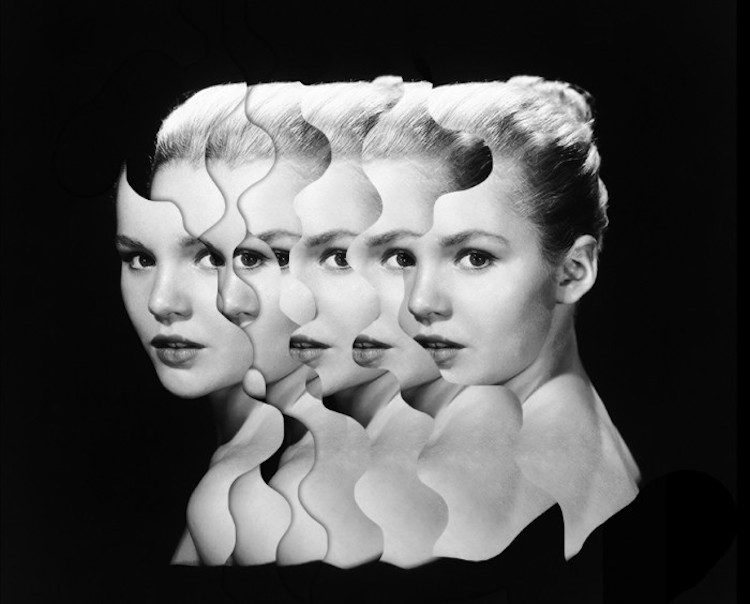
Matthieu Bourel. Read more: Surreal Collages of Vintage Portraits by Matthieu Bourel
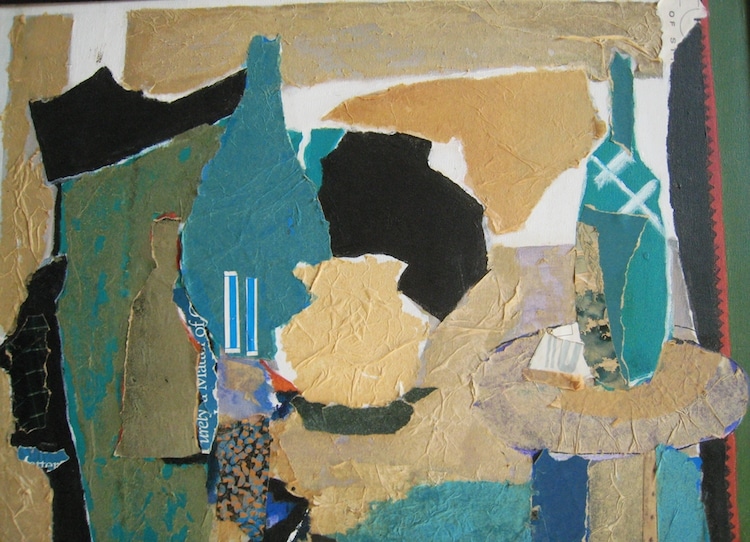
Photo: Gail Rubinfeld

Luisa Azevedo. Read more: 18-Year-Old Photoshop Expert Pairs Unexpected Objects to Create Dreamy Composite Photos
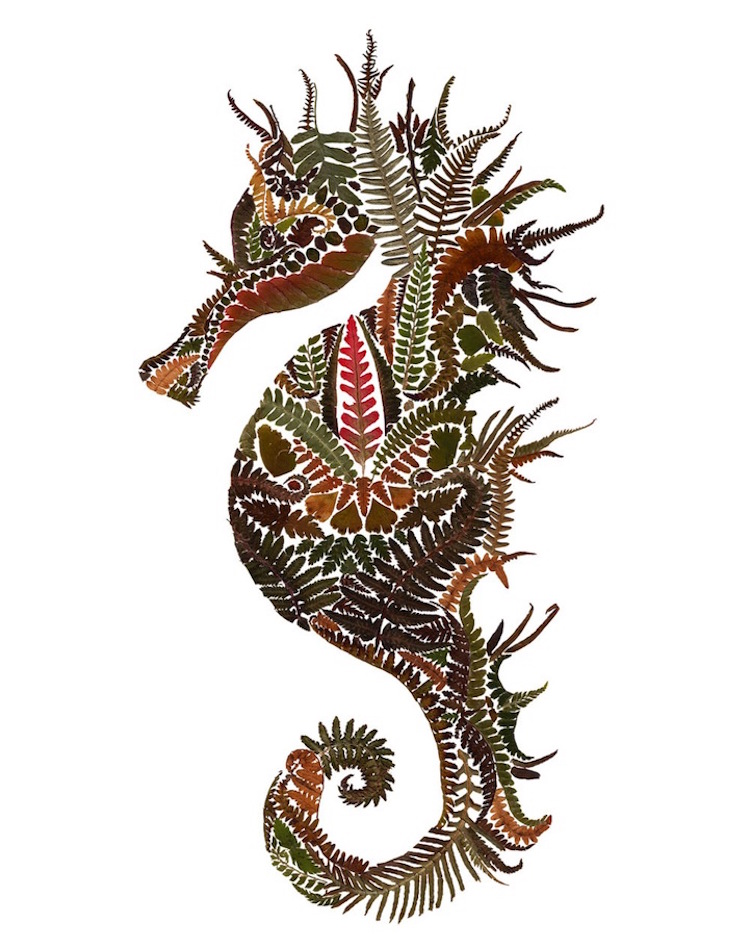
Helen Ahpornsini. Read more: Beautiful Collages Intricately Made from a Variety of Pressed Ferns
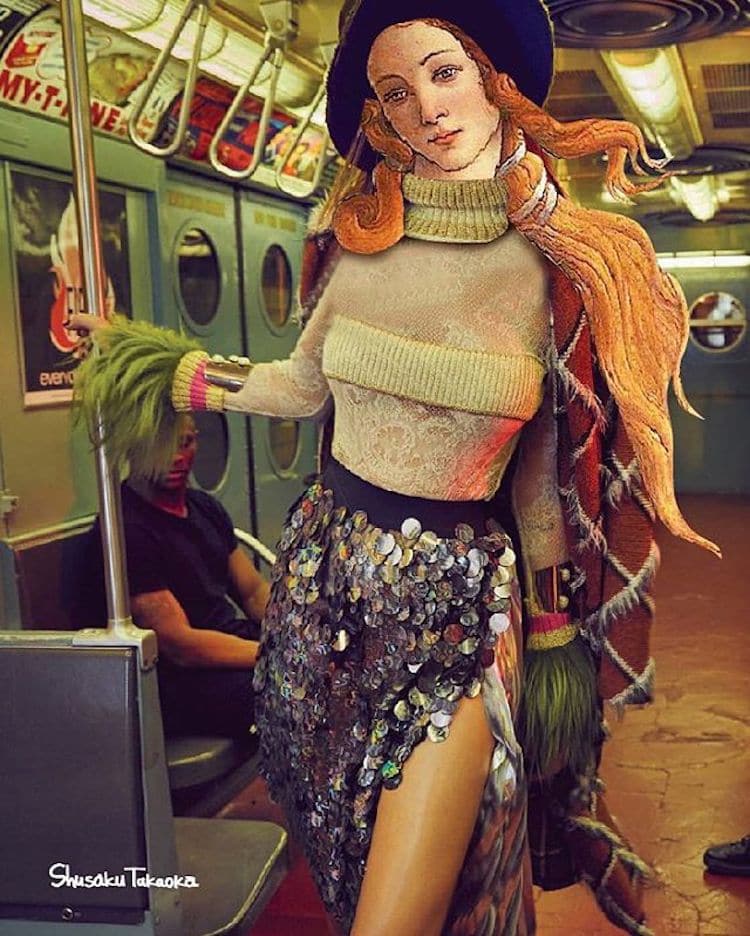
Shusaku Takaoka. Read more: What If Iconic Art History Subjects Were Young Modern People in the City
Related Articles:
Art History: Exploring the Avant-Garde Art of Surrealism
